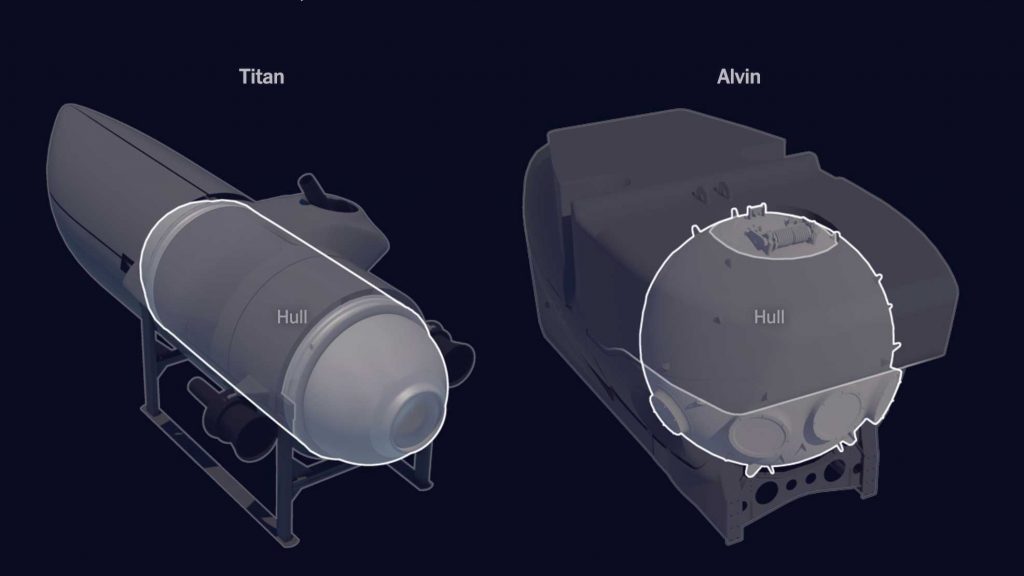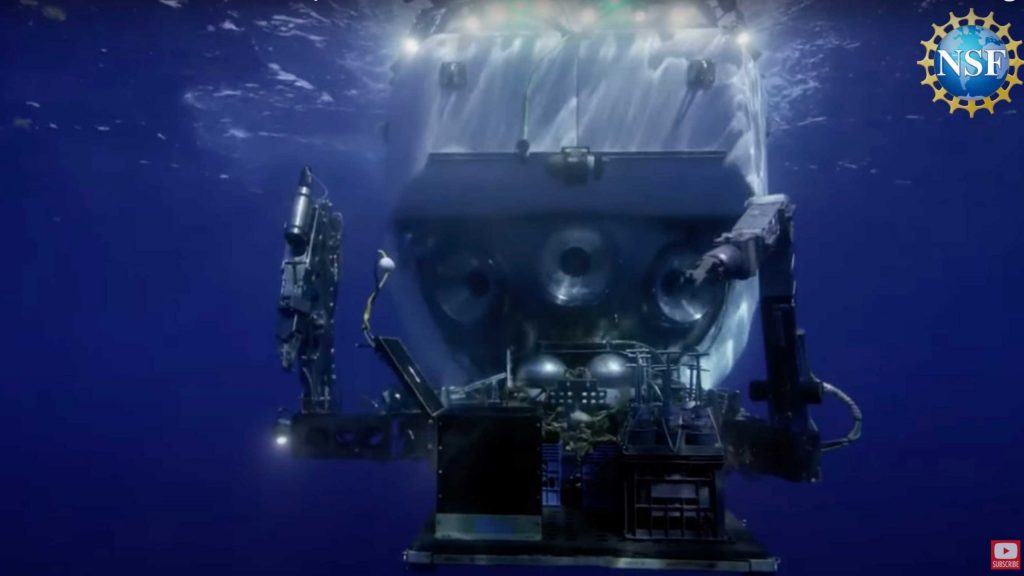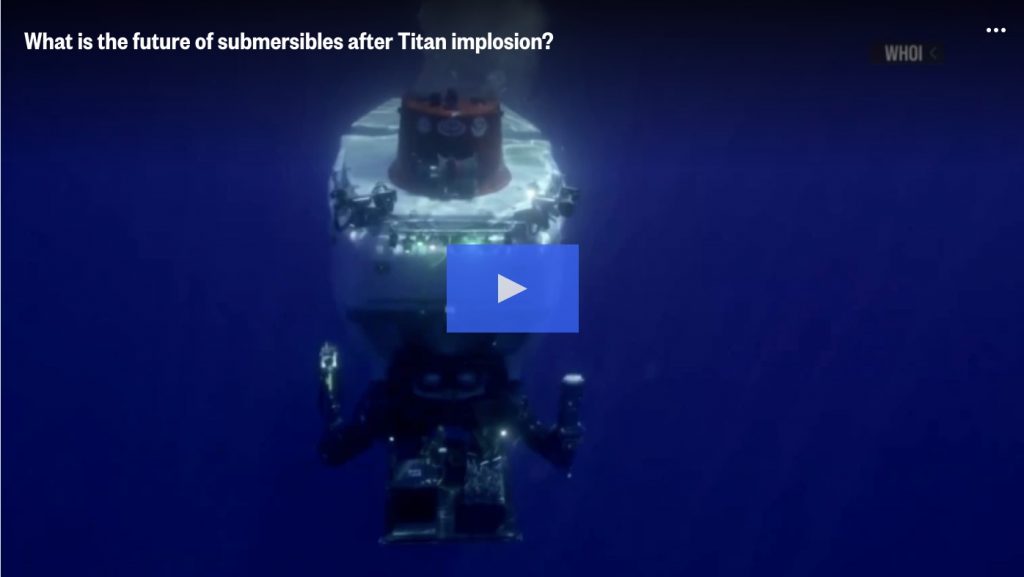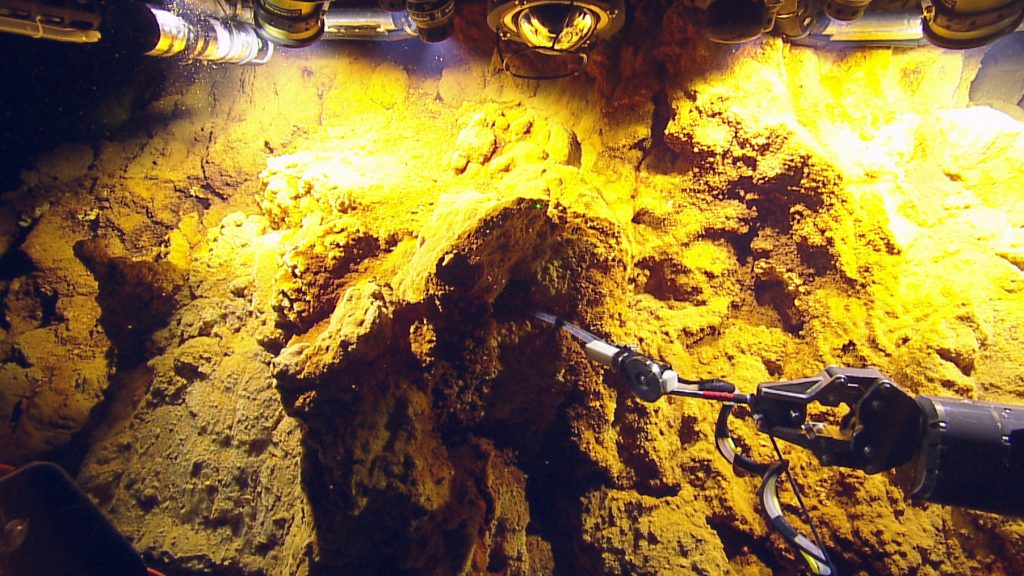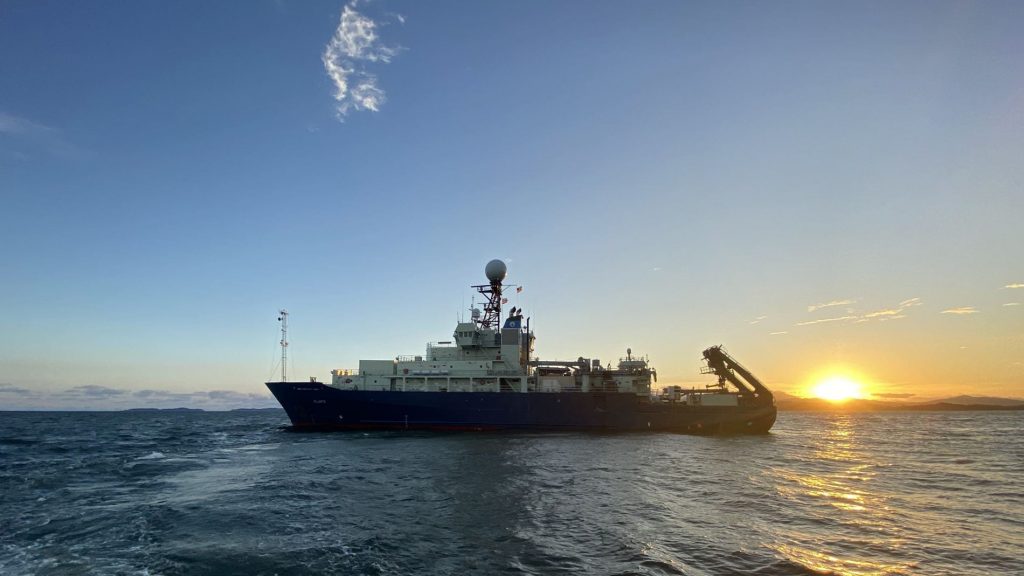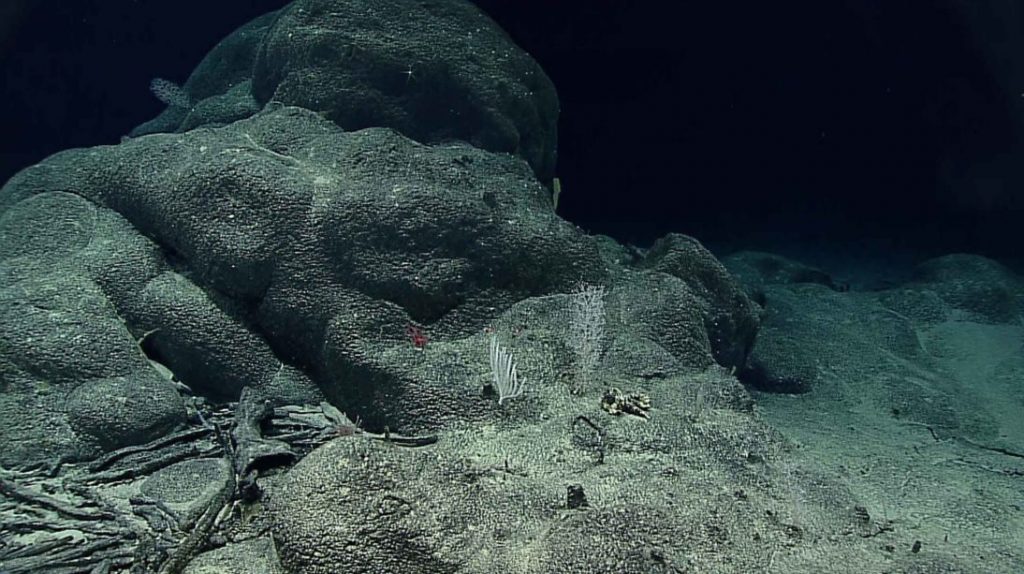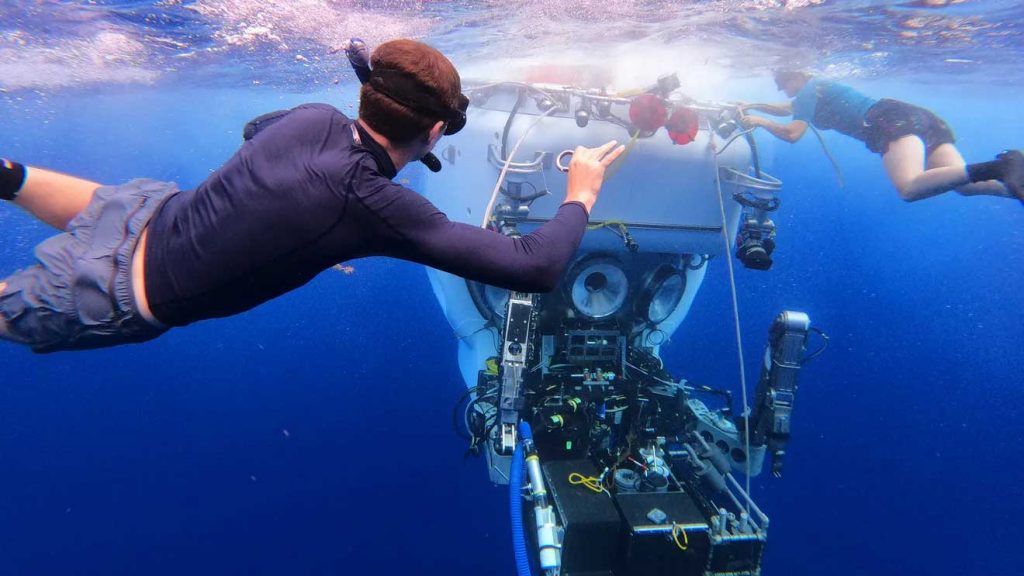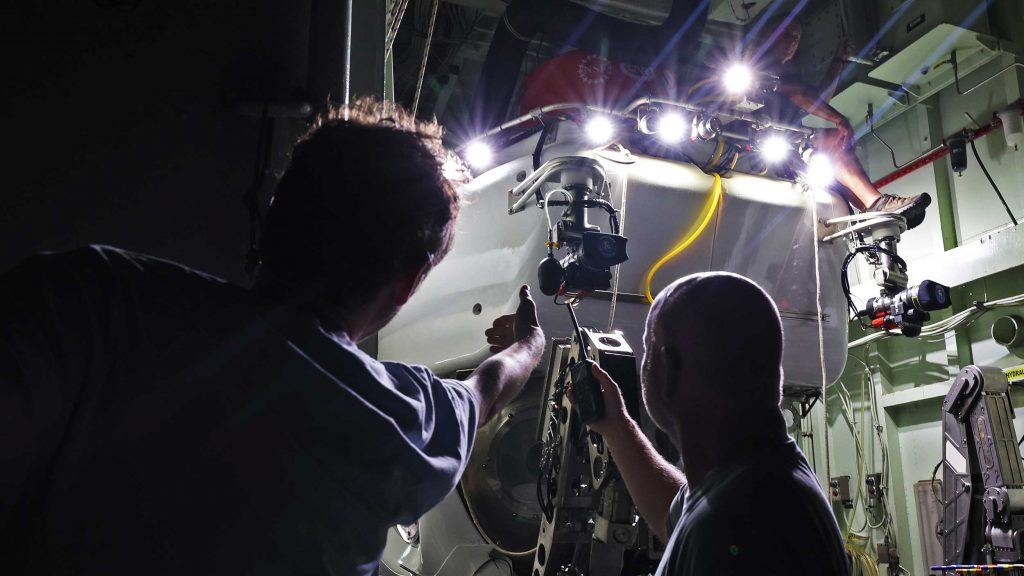Posts by Ken Kostel
The Maverick Design Choices That May Have Doomed Titan
Submersibles must withstand the deep ocean’s crushing pressures, which squeeze with equal force from all sides. At Titanic’s depth – two and a half miles down – every square inch of a submersible experiences three tons of pressure. A spherical hull distributes the stress evenly, making it the best shape for resisting the compressive forces…
Read MoreNSF News: Submersible Makes Ocean Discovery
Scientists used the submersible, Alvin, to make amazing discoveries, including these ancient deep-sea coral reefs recently discovered within the Galápagos Marine Reserve.
Read MoreWhat is the future of submersibles after Titan implosion?
The Titanic submersible’s deadly implosion raised serious questions about the safety and future of vehicles that are sometimes unregulated. NBC News’ Kristen Dahlgren visited the Woods Hole Oceanographic Institution to learn how its vessels are tested and designed.
Read MoreTaking Kama’ehuakanaloa’s Temperature After Recent Unrest
ROV Hercules sampling for hydrothermal fluid compositions and associated microbiology at the Dragon Cave vent, Kama’ehuakanaloa seamount, during the SUBSEA program co-funded by NOAA and NASA in 2018. The 2023 Kama’ehuakanaloa Seamount Vents Expedition will be revisiting and sampling this site. (Photo courtesy of Ocean Exploration Trust) Kama’ehuakanaloa Seamount (formerly Lo’ihi) has active hydrothermal vents…
Read MoreKama’ehuakanaloa Seamount Hydrothermal Vent Expedition: Expanding Early Career Involvement
Early career researchers from various institutions set sail aboard the Kilo Moana Research Vessel today to visit Kama’ehuakanaloa Seamount (formerly known as Lō’ihi), the youngest volcano in the Hawaiian-Emperor Seamount Chain. This NSF-funded collaborative research expedition, led by WHOI Senior Scientists Chris German and Jeff Seewald, is investigating the impact on the subseafloor hydrothermal circulation…
Read MoreFollow EPR Biofilms 4 Larvae
Follow a multi-disciplinary, multi-institutional team led by Western Washington University microbiologist Shawn Arellano as they explore the role bacterial biofilms play in larval settlement at hydrothermal vents along the East Pacific Rise (EPR) at 9°50’N. Read more >
Read MoreFor Deep Ocean Mining, Questions Abound
ROV Jason is helping researchers get their arms around the question of what damage seafloor mining might do to little-studied deep-ocean ecosystems. Learn more in this podcast from Undark magazine. Listen now >
Read MoreSolveit for Kids with Rosa Leon Zayas
Willamette University environmental microbiologist Rosa León Zayas recounts her deep dive in HOV Alvin during the sub’s recent science verification expedition for the podcast Solveit for Kids. Listen >
Read MoreThe little sub that could: Woods Hole tests the limits of science with ‘Alvin’ submersible
Swimmers Matt Skorina and Kaitlyn Beardshear prepare Alvin for recovery after a dive. Skilled divers attach lines that allow for the 40,000-pound vehicle to be winched back up to the research vehicle Atlantis after a day of exploration. (Photo by Marley Parker ©Woods Hole Oceanographic Institution) There is brief discussion about the difficulty of getting…
Read MorePushing back the darkness
Members of the scientific and engineering teams on Atlantis align Alvin’s new lights on deck before taking them on their first dive. (Photo ©Woods Hole Oceanographic Institution) Below about 200 meters in the ocean, much of the light from the sun disappears, absorbed by seawater above. That means every glimmer used by scientists in Alvin…
Read More
